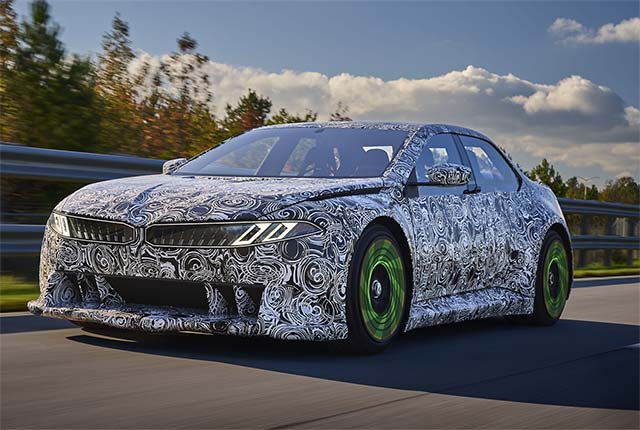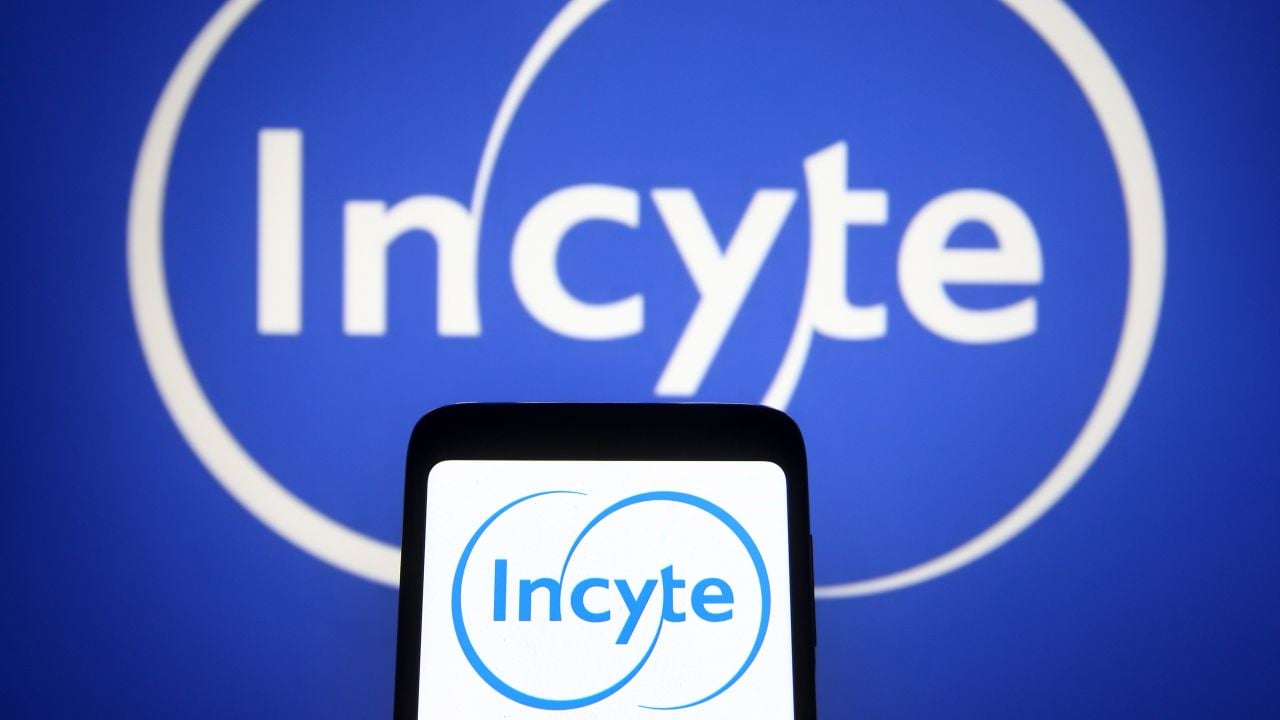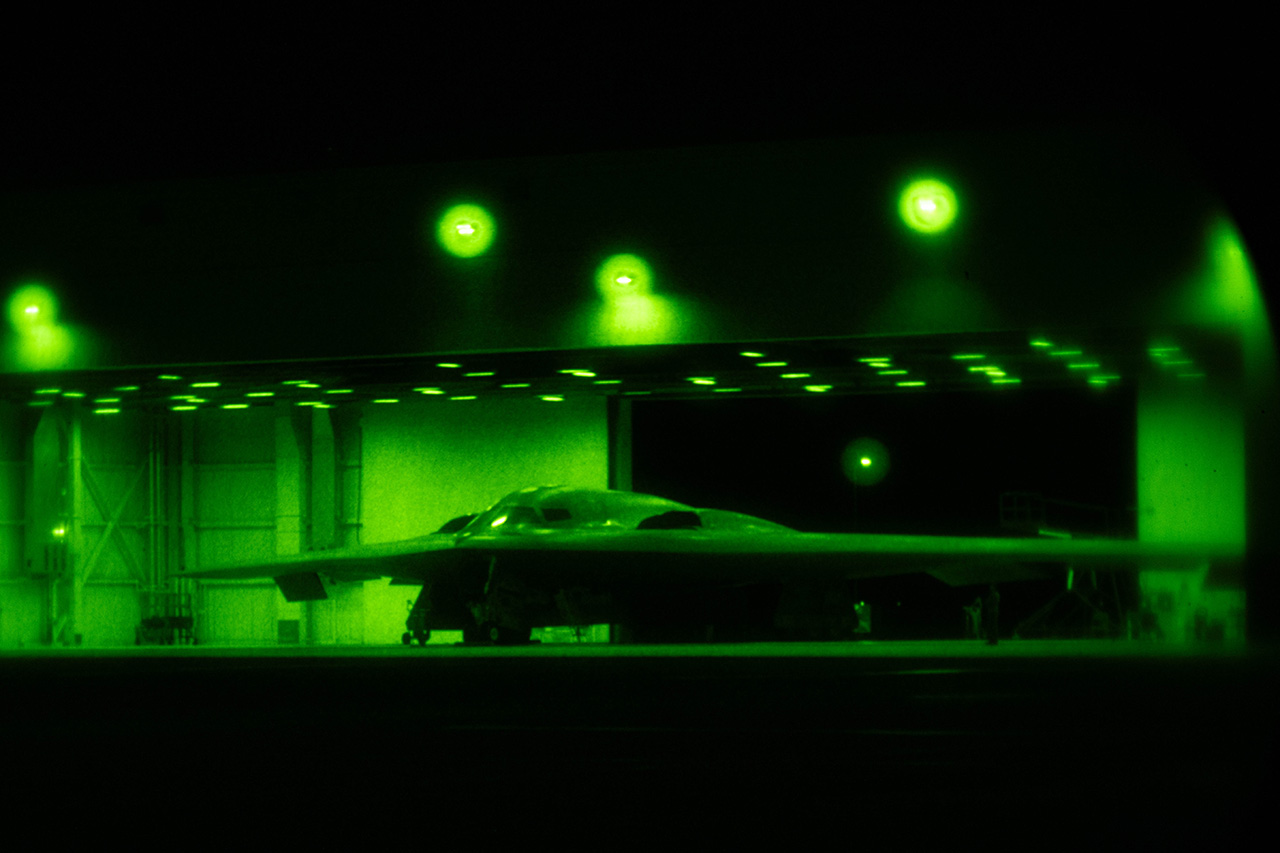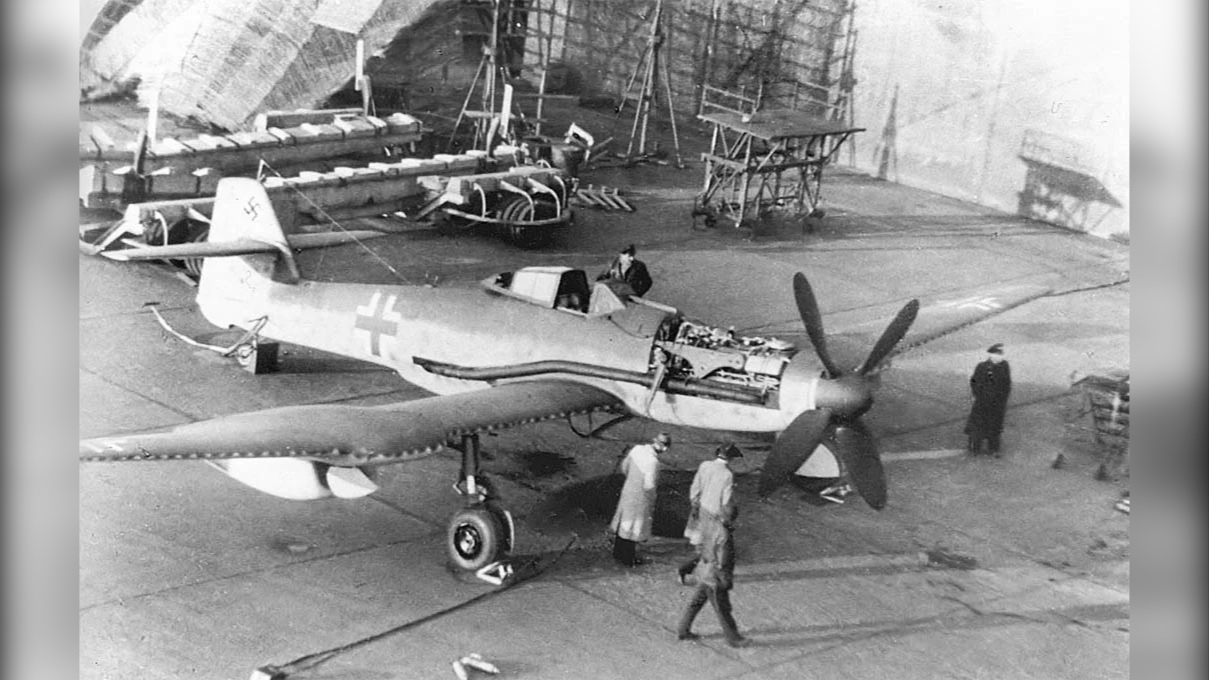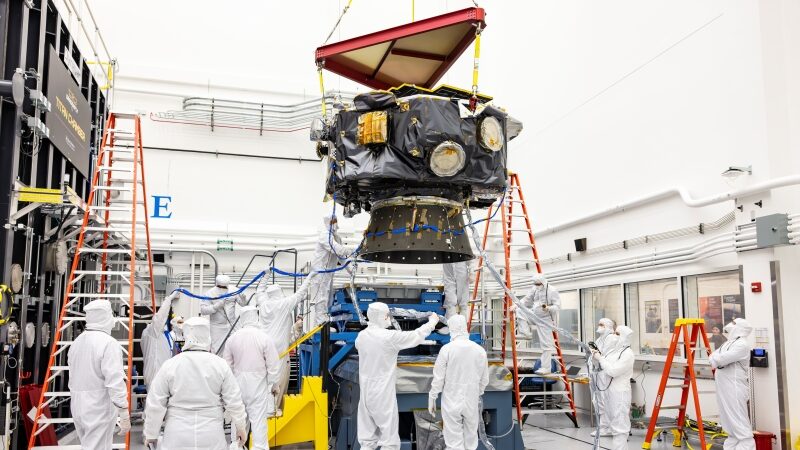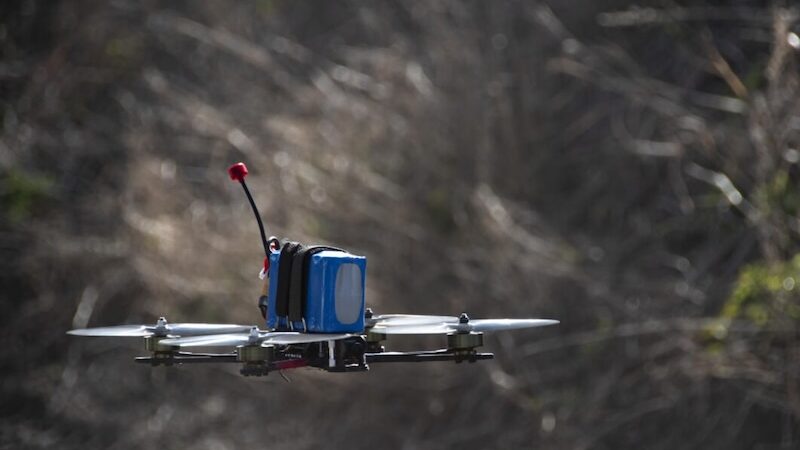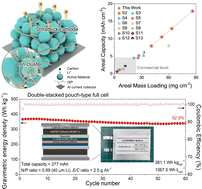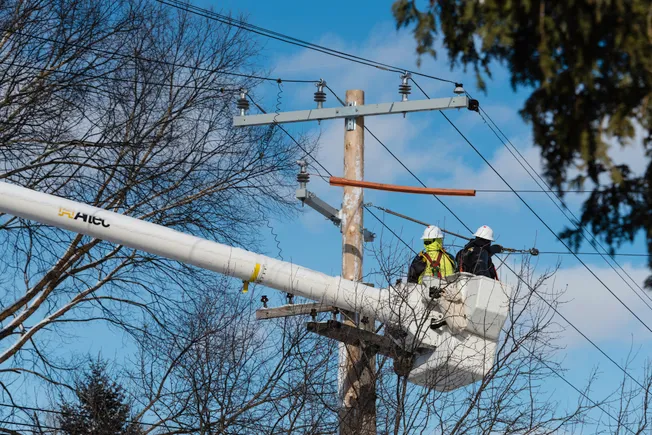Carbon‐Encapsulated CeO2‐Co Heterostructure via Tight Coupling Enables Corrosion‐Resistant Bifunctional Catalysis in Zinc‐Air Battery
Advanced Energy Materials, EarlyView.

Herein, CoNPs/NC/CeO2, a nitrogen-doped porous carbon framework with CeO2-coupled carbon-encapsulated Co nanoparticles is presented. CeO2 scavenges oxygen radicals to protect CoNPs/carbon during ORR and suppresses CoNPs-to-CoOOH oxidation via electron transfer in OER, while enabling CoOOH-to-Co regeneration in subsequent ORR cycles. The catalyst achieves a bifunctional ΔE (E
OER@10mA cm−2 - E
1/2-ORR) of 0.60 V, surpassing Pt/C + RuO2 and most reported systems.
Abstract
Developing efficient bifunctional electrocatalysts for oxygen reduction (ORR) and oxygen evolution reactions (OER) is crucial to enhancing rechargeable zinc-air batteries (ZABs). Here, a rationally designed catalyst consisting of nitrogen-doped porous carbon-encapsulated cobalt nanoparticles coupled tightly with CeO2 nanoparticles (CoNPs/NC/CeO2) is reported, demonstrating superior bifunctional performance. In situ Raman and ATR-FTIR spectroscopic analyses reveal that CeO2 nanoparticles, located adjacent to cobalt nanoparticles, serve as electron modulators, suppressing the irreversible oxidation of metallic Co into CoOOH during OER, while promoting its reversible reduction back to Co during subsequent ORR. Additionally, CeO2 effectively scavenges reactive oxygen species, significantly improving catalytic stability. Due to the synergy between Co and CeO2 within the carbon matrix, CoNPs/NC/CeO2 achieves a high ORR half-wave potential (E₁/₂) of 0.86 V (vs RHE) with minimal performance loss (18 mV) after 10 000 cycles, an excellent OER overpotential of only 230 mV at 10 mA cm−2, and a low bifunctional potential gap (ΔE) of 0.60 V, surpassing commercial Pt/C + RuO2. When applied as a cathode in practical ZABs, the catalyst delivers exceptional specific capacity (814.7 mAh gZn −1), peak power density (254.6 mW cm− 2), and remarkable cycling durability over 2200 h.
























